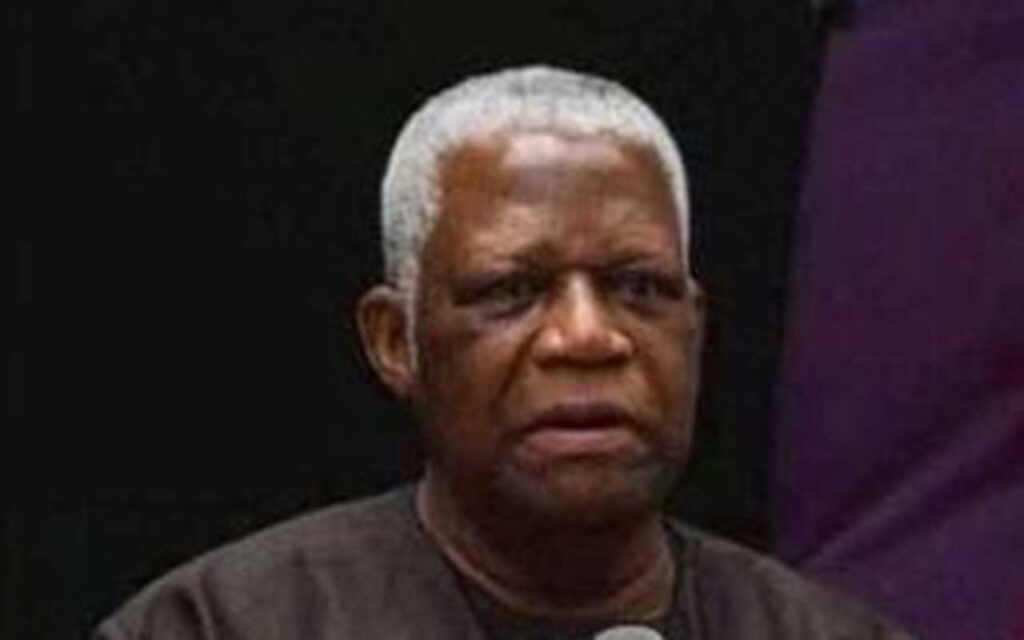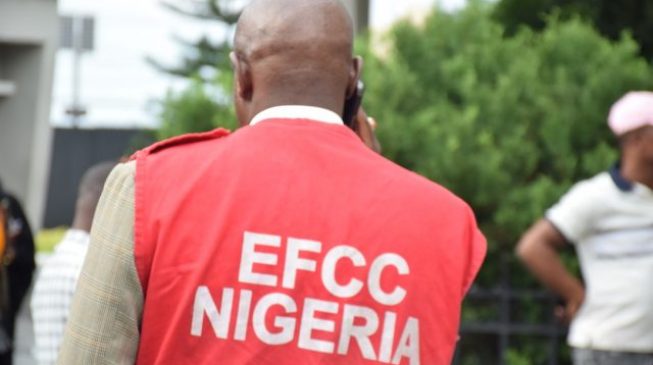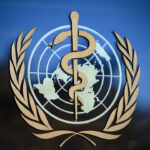
This installment focuses on the Wuhan inquiry to unravel the origin of the coronavirus. Recall that in Part 7 of this serial, I presented the debate about whether COVID-19 is natural or genetically modified. The point of difference among scientists was the origin of the virus. They are at one on China as the place of dispersal. Based on the position of many countries that inquire into the origin of the virus was important, the WHO sent a team of scientists to China to unravel the origin of the virus. My thinking is that any inquiry into the origin of the Coronavirus must factor into the framework or terms of reference Dr. Judy Merkovits’ allegation.
Merkovits, the author of the Plague of Corruption: Restoring Faith and the Promise of Science, in response to the question of whether COVID-19 was created in the laboratory or elsewhere, had pointed accusing fingers at both the United States and China. Her position bears repeating here. In her words, “I wouldn’t use the word created, but you can’t say naturally occurring; if it was by way of the laboratory. So it’s very clear this virus was manipulated. This family of viruses was manipulated and studied in a laboratory where the animals were taken into the laboratory. And this is what was released, whether deliberate or not. That cannot be naturally occurring. Somebody didn’t go to a market, get a bat. The virus didn’t jump directly to humans. That’s not how it works. That’s accelerated viral evolution. If it was a natural occurrence, it would take up to eight hundred years to occur. This occurred from SARS-1 within a decade.
That’s not naturally occurring…Oh, yeah. I’m sure it occurred between the North Carolina Laboratories, Fort Detrick, U.S. Army Research Institute of Infectious Disease and the Wuhan Laboratory. Three point seven million dollars flowed from the National Institutes of Health here in the U.S. to the Wuhan lab in China; the same lab where many people have said that this coronavirus infection first originated. We also now know that in aid, the department associated with the National Institutes of Health, of which Dr. Anthony Fauci is in control, had already been conducting experiments with the Wuhan lab in the past in regard to Coronavirus. If Dr. Anthony Fauci cannot be honest with the public about his connection to this lab, then Fauci has to go.”
The investigation team ought to have adopted the Merkovits’ lens to focus on both the United States and China, not China alone. However, the objective of the inquiry, the global public had been told was not to apportion blame, but rather to check future occurrences. As Fabian Leendertz of Germany’s Robert Koch Institute has rightly noted, “It’s about trying to understand what happened and then see if, based on those data, we can try to reduce the risk in the future.” The WHO team was drawn from different countries, namely, Britain, Germany, Japan, Russia, and the United States among others, perhaps to underline transparency in the exercise. The experts, such as Peter Daszak, a British disease ecologist, and Hung Nguyen, a Vietnamese scientist who studies zoonotic diseases, have had decades of experience in the probing of viruses, animal health, and disease control.
There was a great deal of expectation of the team. Raina MacIntyre, an expert and head of the biosecurity program at the Kirby Institute of the University of New South Wales in Sydney, Australia, expected the team to review all the data collected by China’s Center for Disease Control on the outbreak of the virus, “including contact tracing, environmental sampling, genetic sequences and identification of patient zero… It is important to do this comprehensively and transparently.” Larry Mullin who wrote “The WHO is hunting for the Coronavirus’s origins. Here are the new details”, in National Geographic pointed to another expectation, namely, “In 2003, a WHO team arrived in China nearly three months after the initial case of the SARS coronavirus outbreak and was still able to identify the animal source within weeks.
Such pinpointing is possible long after the emergence of diseases thanks to genetic tracing, which has only become more advanced since then. That experience, and other past investigations, can reveal what the public should expect from this latest virus hunting effort.” Beyond expectation, major hindrances were also anticipated due to the politicisation of the origin of the virus. Recall that the former US President Donald Trump had labelled the virus as a Chinese virus, a fight that made China to initially hedge off any inquiry visit.
The team of investigators has been to China and back, there are preliminary reports of its findings which have trump earlier assumptions about the virus origin such as the lab theory on practices at the Wuhan Institute of Virology and zoonotic transition from bat and pangolin. However, a lot was left to be desired. The WHO team that visited Wuhan all but dismissed the lab leakage theory and turn attention to China’s focus on the possibility of transmission via frozen food. Also, the team found no evidence of the widespread circulation of the virus in Wuhan before the December 2019 outbreak, and therefore unclear how the virus got into the Huanan seafood market, where the virus was initially detected.
Ben Embarek, food safety and animal disease specialist, who led the WHO team, noted: “all the work that has been done on the virus and trying to identify its origin continues to point toward a natural reservoir.” He put a seal on the lab theory, which he said was “extremely unlikely…isn’t a hypothesis we suggest implies further study.” On the question of zoonotic transmission, Embarek “called for further investigation but pointed the likelihood of an intermediary species with proximity to humans for adaptation, circulation and that was “potentially closer to humans where the virus can adapt and circulate and then leap into humans.
Given the mission dilemma of the team, what should be the direction of this inquiry? According to CNN, “The World Health Organization’s preliminary report into the origins of the novel coronavirus will recommend more extensive contact tracing of the first known patient with COVID-19 in Wuhan, China, as well as the supply chain of nearly a dozen traders in the Huanan seafood market, which is thought to have played a role in the early spread of COVID-19 in late 2019, according to investigators familiar with the draft report.”
With knowledge of the draft report, CNN noted that further work would focus on the contact history of the December 8, 2019, patient in Wuhan, the first case confirmed by Chinese scientists and the WHO panel as having COVID-19. Also, the WHO team would recommend the immediate investigation of the supply chain of the Huanan seafood market in the preliminary reports.
With no major accomplishment, it seems to me that the mission to unstitch the origin of Coronavirus is just beginning, or will it be as the more you look, the less you see? According to Agence France-Presse, “A much-anticipated inquiry into the origins of the coronavirus pandemic wrapped up its mission in China on Tuesday with no breakthrough discovery, as investigators ruled out a theory that Covid-19 came from a lab but failed to identify which animal may have passed it to humans.” If the January 2021 expedition to Wuhan has yielded nothing, it is time to turn to Fort Detrick.
Akhaine is a Professor of Political Science at the Lagos State University.













